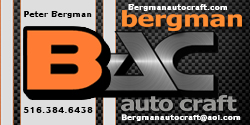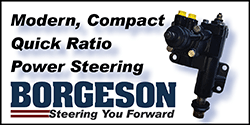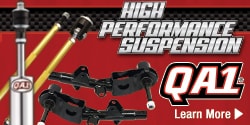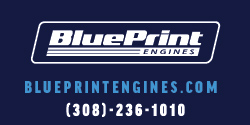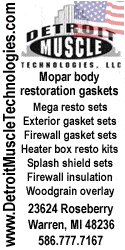Krooser
Building Chinese Free Engines since 1959...
Has anyone run an external oil pump on a small block.
I'm asking because Melling has cheapened their castings and substituted PM gears for their billet gears in most of their oil pumps.
I recently sold a small block pump that was from 2003-ish and the casting was much better than the newer casting I have on the shelf.
I also have the junk pump that was in my race motor...it is from 1993 and also is a much better design.
I'm thinking if using a gear drive on this refreshed race motor and they can introduce harmonics into the cam and crank that could affect a pump hanging down from the block.
A belt drive oil pump may be a better answer.
I could go dry sump but I don't have the cash and don't need all that extra weight of a tank and hoses.
I'm asking because Melling has cheapened their castings and substituted PM gears for their billet gears in most of their oil pumps.
I recently sold a small block pump that was from 2003-ish and the casting was much better than the newer casting I have on the shelf.
I also have the junk pump that was in my race motor...it is from 1993 and also is a much better design.
I'm thinking if using a gear drive on this refreshed race motor and they can introduce harmonics into the cam and crank that could affect a pump hanging down from the block.
A belt drive oil pump may be a better answer.
I could go dry sump but I don't have the cash and don't need all that extra weight of a tank and hoses.



